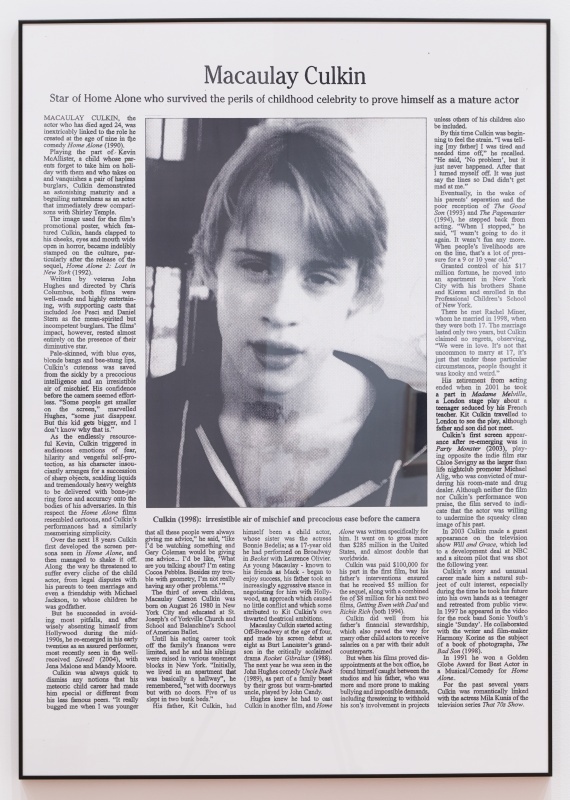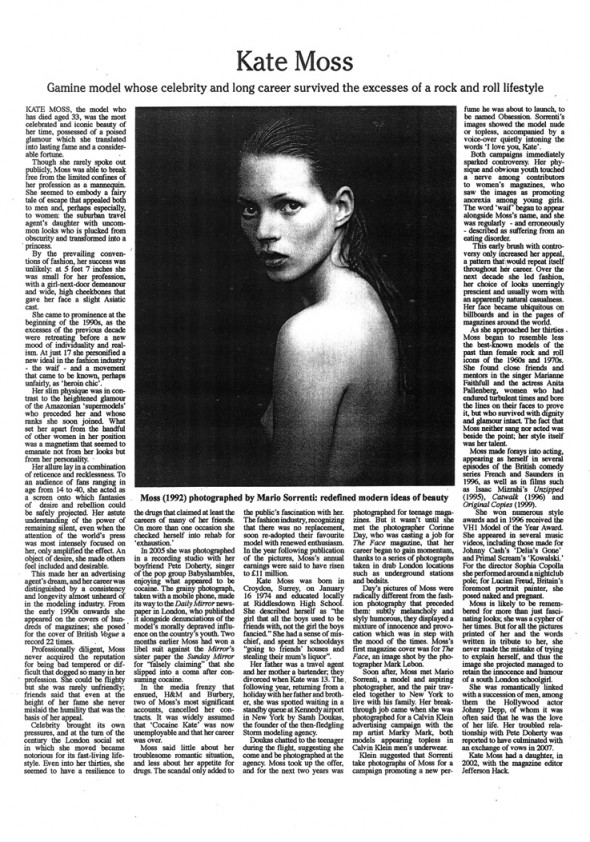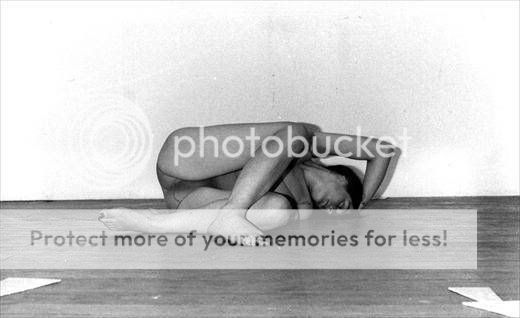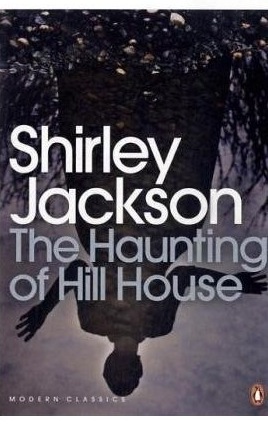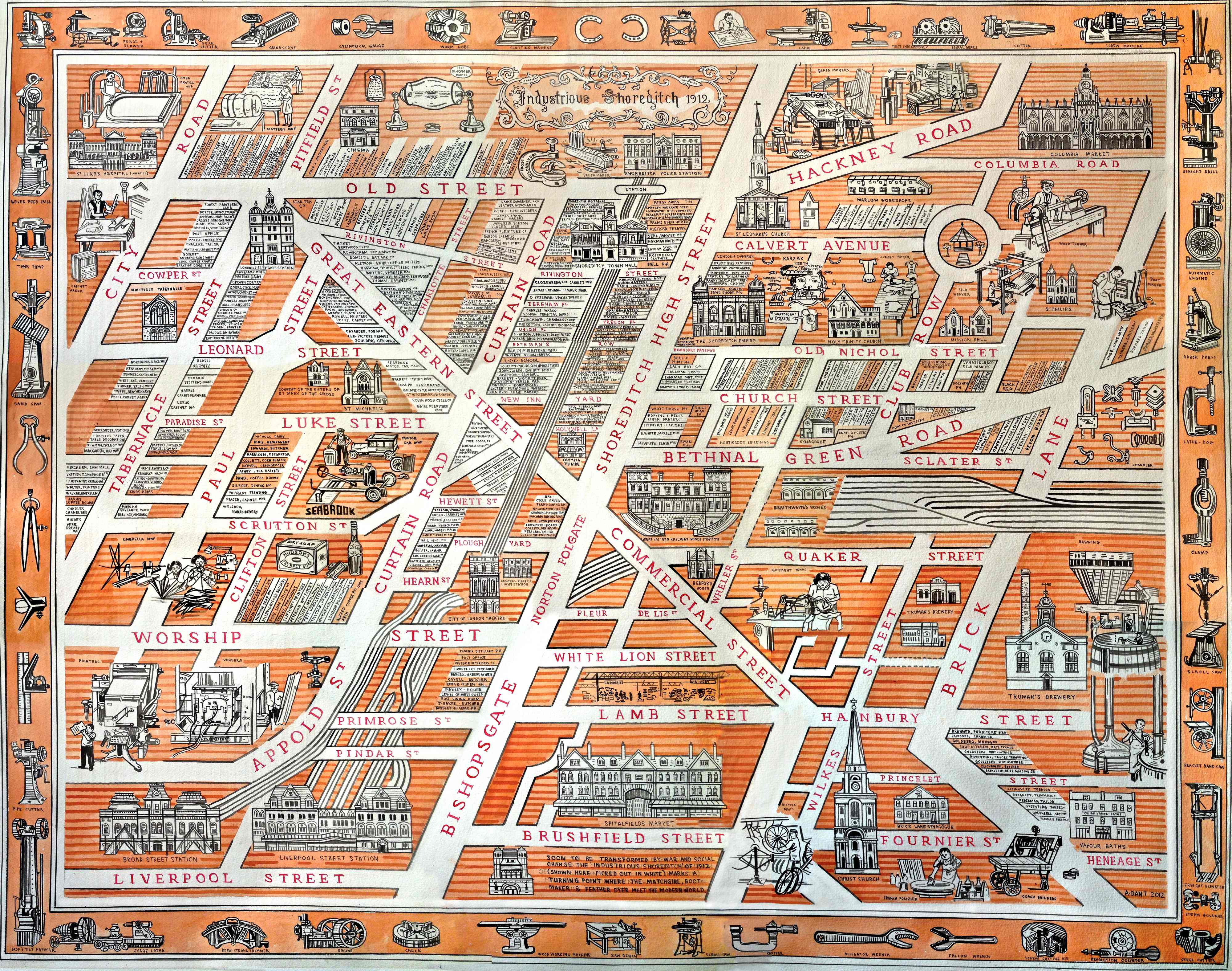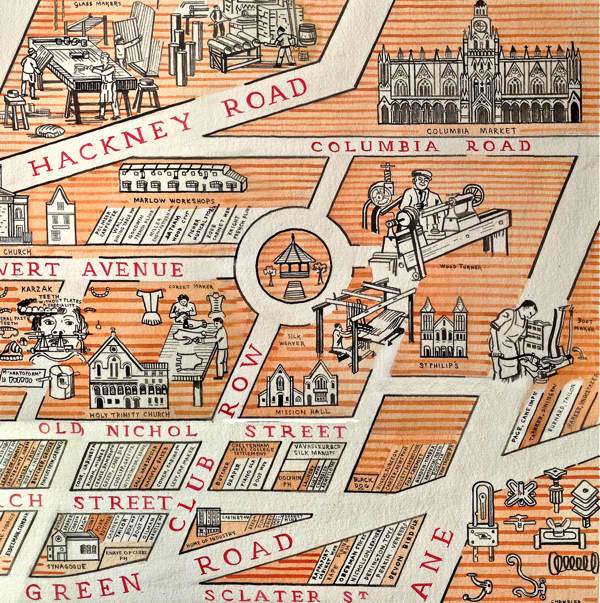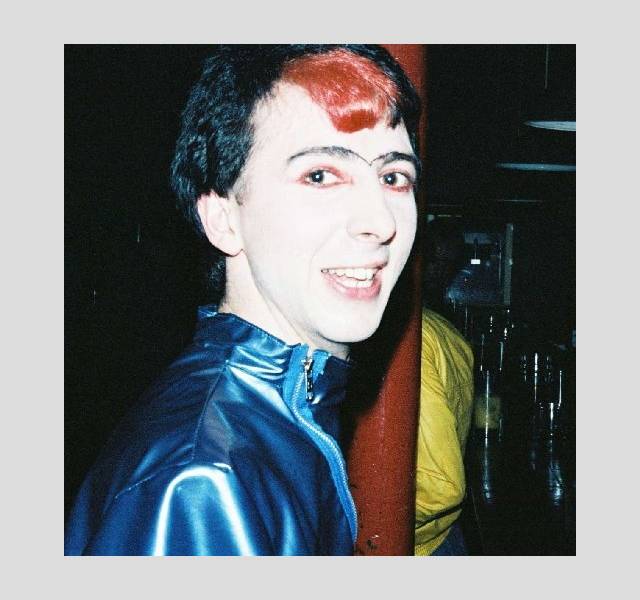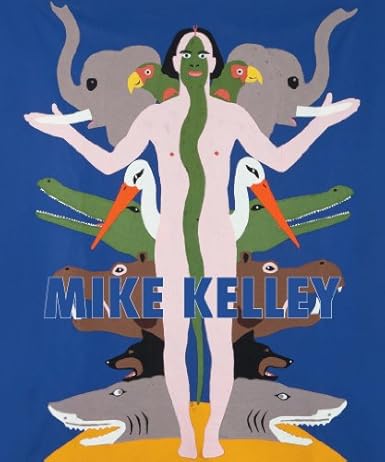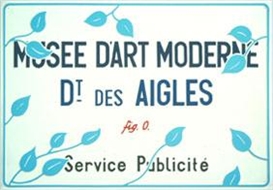British-born artist Adam McEwen (b.1965) lives and works in New York. McEwen’s work is concerned with pop and consumer culture. McEwen approaches this landscape with a directness that is disarming and yet full of dark, dead-pan humour. In the past, McEwen’s work has appropriated the familiar formats of newspaper articles and mobile phones display screens, shop signage and credit cards. He has even applied chewing gum found on the street to on his paintings on canvas.
McEwen’s most recognizable work to date is a series of blown-up obituaries written for living and breathing celebrities including Bill Clinton, Rod Stewart, Jeff Koons and Kate Moss.
McEwen has exhibited internationally and curated projects in the UK and US.
http://www.inglebygallery.com/artists/adam-mcewen/
Untitled (Kate), 2007
McEwen, who currently lives in New York, is best known for black-and-white photographs of fake obituaries-which look like enlarged photocopies of newspaper pages-of movie and rock stars, artists and politicians. The subjects were still living when McEwen, a former obituary writer for the Daily Telegraph, produced the works (between 2001 and '04); in this installation, the subsequent deaths of Malcolm McLaren and Marilyn Chambers were acknowledged by hanging their obituaries slightly below the others on the gallery wall. The somber tone and exacting biographical reportage elicit a double-take in the first-time viewer but are ultimately less evocative than McEwen's mature work. Despite the project's glib irreverence, its persuasive deception sets the tone for much of the show.
Frances Colpitt
http://www.artinamericamagazine.com/reviews/adam-mcewen/
Untitled (Jeff), 2004
Christopher Bollen: For your obituaries, you choose famous people.
Adam McEwen: I'm not really interested in celebrities so much-the works are more homages. But the person must be famous so the reader knows that the person is still alive. I'm interested in that brief second when you aren't sure whether Bill Clinton is alive or dead. I only need that moment in order to disorient them enough to sneak through to some other part of the brain—to achieve that split second of turning the world upside down. The obituaries aren't about celebrity. They are more mournful, more melancholy. In a way, they are accounts of certain people's actions taken in an attempt to make their lives better. My first more Mcewen one was Malcolm McLaren. I still had a job writing obituaries for The Daily Telegraph then.
http://www.interviewmagazine.com/art/adam-mcewen/#_
 Untitled (Jeff, Nicole, Macaulay, Bill, Rod, Marilyn, Malcolm), 2002-2004
Untitled (Jeff, Nicole, Macaulay, Bill, Rod, Marilyn, Malcolm), 2002-2004
The immediate effect is one of shock, even though the mind knows better. Lined on a wall at the Goss-Michael Foundation are seven obituaries, of actress Nicole Kidman, former President Bill Clinton, rock star Rod Stewart, artist Jeff Koons, actor Macaulay Culkin, porn star Marilyn Chambers and Malcolm McLaren, who managed the punk bands the Sex Pistols and the New York Dolls.
Some who see the obituaries have been known to gasp: What, Nicole Kidman died? Bill Clinton? When?
British artist Adam McEwen, whose show runs through July 28, conceived the obits as “homages to people I like.” In addition to being cleverly conceived artistic commentaries, they’re quite well-written, as they should be: From 1993 to 1999, McEwen worked as an obituary writer for the London Daily Telegraph.
He has to like the people he picks, who share in common human foibles.
“Bill Clinton is a smart guy,” McEwen says. “He did a lot of good things. But clearly at the end of his presidency, he’s flawed. He was in all kinds of trouble and giving pardons to crazy people.”
Jeff Koons is “a great artist, but if you read about his life and the way his relationship with his son happened and the son’s mother, Cicciolina, the porn star, he’s not able to talk to the son. That story is very strange. He’s not in control of that.”
Koons married Cicciolina in 1991. A year later, they had a son; soon after, the marriage dissolved.
They agreed to share custody, but, according to Koons, the mother “absconded” with the boy and took him to Rome, where they remain. Koons may be a rich, powerful man, but he fits the pattern he’s seeking, McEwen says, of people who “have aspects of their personality where they’re not able to control who they are.”
Koons and McEwen share in common an obsession with banal objects, through which they channel their art. For Koons, it’s oversize balloon animals; for McEwen, everyday objects made of graphite.
In the Goss-Michael show, they include an ATM, an air conditioner, an energy-saving light bulb.
But it’s the obits that leave a lasting, even haunting impression. You’re forced to think about death and the summary of a life, confined to a single page of newsprint.
“You need them to be famous, in a sense,” McEwen says, “simply to put the viewer in a very brief moment where they don’t know if this is true or not. That’s the only reason.
“If you walked in and saw an obituary of someone you’d never heard of, you wouldn’t have that moment of going, ‘Wait, is Nicole Kidman dead?’
“I’m not really interested in the celebrity aspect. I want to try and make a brief moment where the viewer is unsure of where they stand. If you can just get a crack, then you can hopefully go through it.”
Death, he says, is “like a perfect rule: It’s going to happen, though emotionally, I don’t want it to happen.”
Michael Granberry
http://www.dallasnews.com/entertainment/columnists/michael-granberry/20120413-former-obit-writer-adam-mcewen-makes-a-statement-about-death-with-fake-celebrity-obituaries.ece
